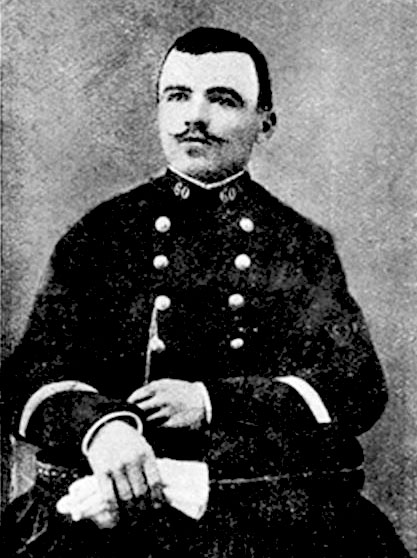

The
Forensics of Serial Murder in the Belle Epoch (1870 - 1914) Part 2:
Joseph Vacher—“Southeast Ripper”—“Killer of Little Shepherds”— France,1897
Émile Fourquet was a rural prosecutor and investigator (investigative-magistrate) in the small town of Belley near Lyon, France, when in April 1897 he began to suspect that a murder in his local jurisdiction was the work of a single migratory perpetrator who was killing and grotesquely mutilating women and adolescent boys and girls throughout rural France--a serial killer (although the term would not have been used at the time.) Sons of Cain describes how Fourquet solicited other jurisdictions for crime scene data and suspect reports in a pioneering form of 'linkage analysis" in an attempt to identify and apprehend the perpetrator.
Fourquet eventually identified a suspect, 28-year-old Joseph Vacher who was serving a short sentence for an attempted assault on a woman. Vacher was a mentally-disordered former sergeant in the French army who had been hospitalized in a psychiatric facility after attempting to kill a woman he was obsessed with. After his release when deemed "cured", Vacher tramped for three years through the French countryside killing, raping and mutilating young victims who were often working alone as shepherds or farm laborers. Fourquet had Vacher transferred into his custody and patiently interviewed him, eventually securing Vacher's confession to 11 murders (one woman, five girls and five boys).
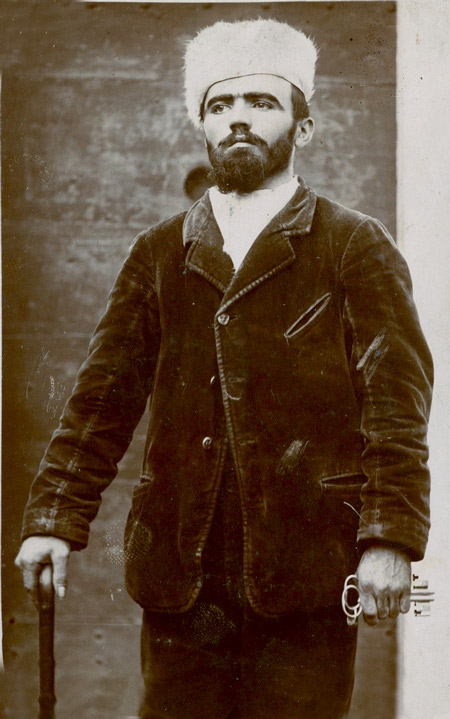
(Above) Joseph Vacher, the "South-East Ripper"; "The Killer of Little Sheppards" or the "French Ripper". Vacher was an early serial killer 'celebrity'. He posed for French press photographers in his rabbit fur hat and holding in his hand the "keys to the Kingdom." He would pontificate to journalists on the "vagrant crisis" in France, mental health and other subjects and his trial in 1897 was reported in newspapers around the world.
This early serial killer trial tested French forensics and psychiatry on the issue as to whether compulsive serial killers are legally "insane" or are they "aware" of the criminal nature of their acts and the consequences. Vacher was convicted for a single murder and immediately executed in 1898. He confessed to 11 and was suspected in a total of 27 murders.

(Above) Émile Fourquet pioneered serial killer linkage analysis, crime scene profiling, psychological profiling and suspect interview strategy. In an era when intimidation and even torture were still the norm in police interrogations, Fourquet flattered and provoked Vacher, making it either "a pleasure" or a "point of pride" for Vacher to confess.
(Below) In an age when outdoor photography was still a
slow and cumbersome process, sketches were produced of Vacher's victims and their
wounds as found at the remote rural crime scenes, revealing similar pathological patterns
and signatures across a broad territory of local jurisdictions.
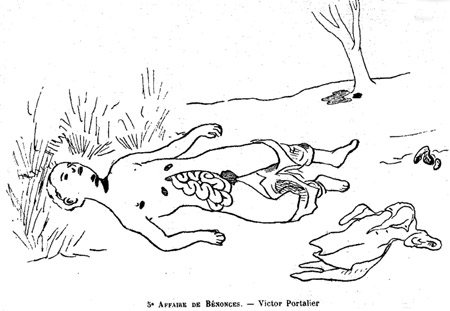
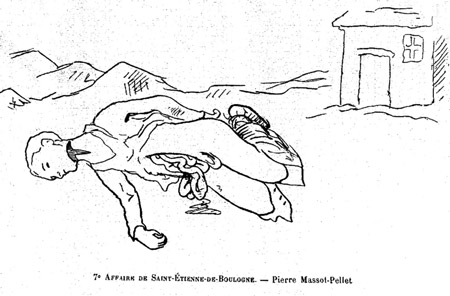
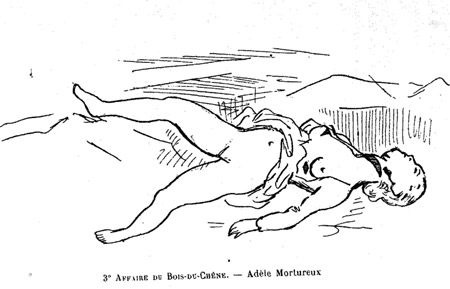
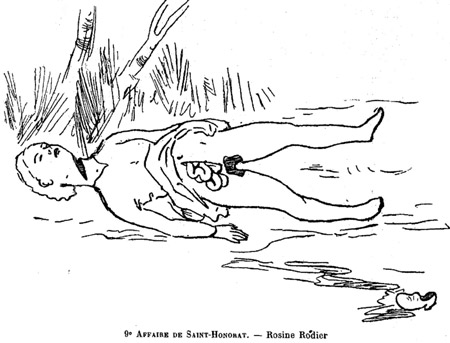
Like "Jack the Ripper" in London a few years before him, Vacher was a homicidal sadistic necrophile (Class 9 Necrophiliac), preferring to first kill his victims prior to acting out his fantasies with their corpses. Unlike "Jack the Ripper" however, Vacher vaginally and anally raped his victims after their death, before mutilating them. Among his belongings photographed by the French Police after his arrest (below) was lubricant to aid his frenzied penetration of dead victims before he would "rip" their bodies open with his knife. And unlike "Jack the Ripper" French police were more successful in identifying, apprehending and bringing to trial the "French Ripper" than their counter-parts in London had with apprehending "Jack the Ripper." And perhaps for that reason, "Jack the Ripper" still compels and interests us, while the "French Ripper" is mostly forgotten.
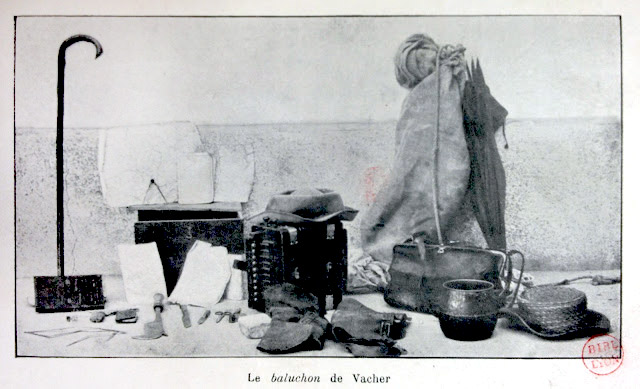
Joseph Vacher was born in 1869 and raised on a farm by typically (for serial
killers) a passive father and an over-protective, dominant, ultra-religious
mother, reportedly prone to hallucinations. As a child Vacher was
bad-tempered and prone to violent outbursts. He was a bully and feared
at school. Vacher was also a bright and intelligent student but imbued
with a grandiose and pompous sense of himself. Later after his
arrest, French police would link Vacher to a rape-mutilation and murder of a
young boy in the vicinity of where Vacher worked as a teenage farm hand.
In 1890 Vacher enlisted in the French Army and rose to the rank of sergeant.
In 1893 he met 19-year-old Louise Barrand (Barant) and became alarmingly so
obsessed with her that she fled to her family home. Vacher stalker her
there and shot her in the face with his service pistol and then shot himself
in the head. Both of them survived, remaining permanently disfigured.
Vacher was confined in a psychiatric facility where he convinced the doctors
that he was "cured." Released in 1894 and discharged from the army,
Vacher became a vagrant, killing, raping and mutilating across a wide
territory of France until his arrest in 1897.
